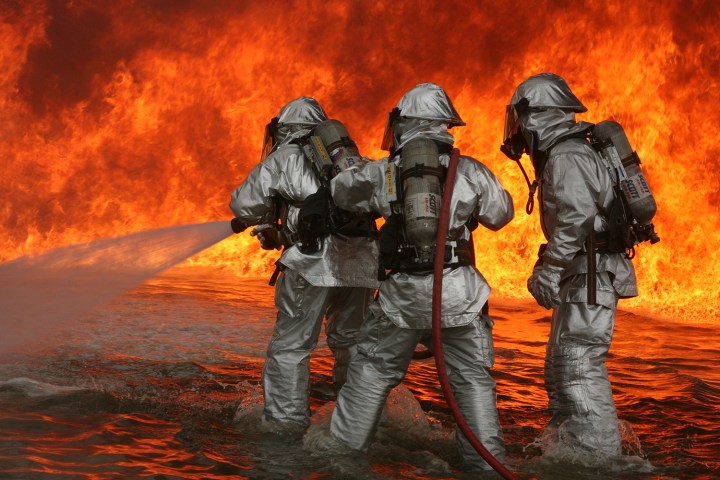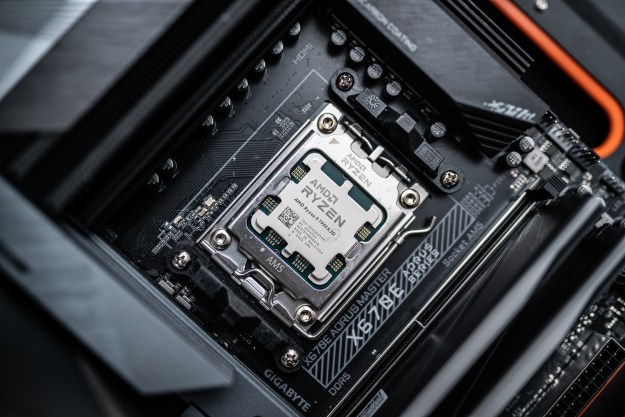
The team has created a new network protocol to ensure that vital communications reach their intended recipient, according to a report from Science Daily. The Multi Node Label Routing (MNLR) protocol features an immediate “failover” mechanism, which means that if a link or node fails — which is not uncommon when the network is being stressed — the data is sent via an alternate path immediately.
This protocol can run beneath established internet protocols, which means that other users’ access to the web should not be affected by its implementation.
Earlier this month, the MNLR protocol was put head-to-head with the widely used Border Gateway Protocol (BGP), using the United States Global Environment for Network Innovation. It took the BGP around 150 seconds to recover from a link failure, while the MNLR protocol was able to do so in less than 30 seconds.
Nirmala Shenoy, a professor at the Rochester Institute of Technology and the principal investigator on the project, attributes the problems with current protocols to their age. They were put in place at a time when the kind of information transferred via the internet was very different, and they’re not necessarily well-suited to its current usage.
“Sharing data on the internet during an emergency is like trying to drive a jet down the street at rush hour,” said Jennifer Schneider, who served as co-principal investigator alongside Shenoy. “A lot of the critical information is too big and data heavy for the existing internet pipeline.”
In a disaster situation, emergency responders might need to exchange maps, details of where personnel are being dispatched to, cell phone location data, video, and audio calls, and various other pieces of information depending on the nature of the event. Given that such a scenario is likely to prompt a flurry of communication among civilians, internet traffic can become incredibly congested.
While the internet becomes more vital to everyday life all the time, some of the foundational elements of its operation have been in place for many years. Research projects like this one help ensure that the web can continue to grow and evolve in step with our usage.
Editors' Recommendations
- Google Fiber is bringing high-speed internet to five new states
- Elon Musk reveals when Starlink internet service will likely exit beta
- Elon Musk reveals upcoming internet speeds for Starlink service


